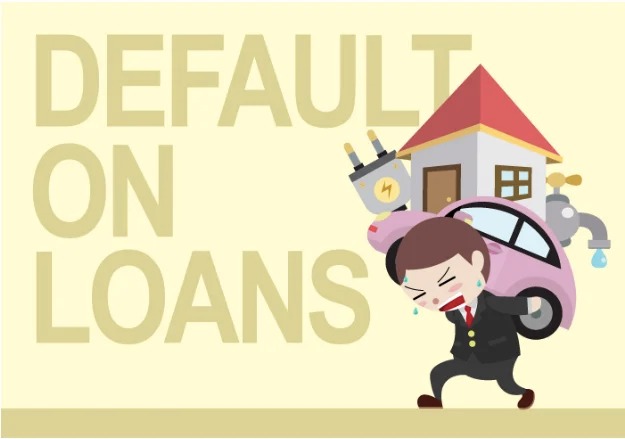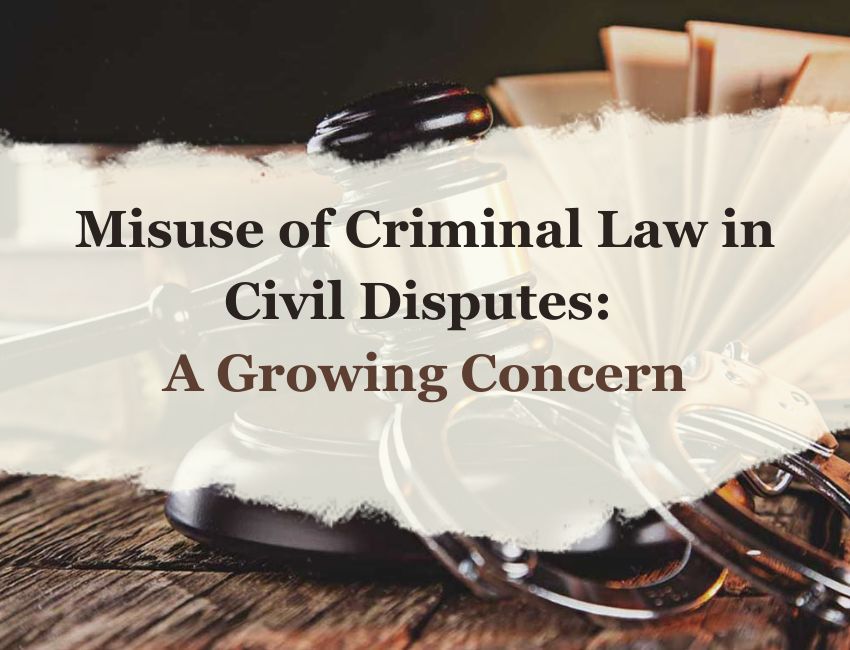A.K. Mathur, C.J.@mdashThis is a reference u/s 256(1) of the Income Tax Act at the instance of the Revenue and the following questions of law have been referred by the Tribunal for the opinion of this court :
"(1) Whether, on the facts and in the circumstances of the case, the Tribunal was right in law to hold that the expenditure claimed by the assessee towards dealer''s commission at Rs. 5,26,725, special commission at Rs. 31,490, Diwali commission at Rs. 18,966 and sales agents'' commission at Rs. 12,43,511, did not fall within the expression ''advertisement, publicity and sales promotion, which appear in Section 37(5A) of the Income Tax Act, 1961 ?
(2) Whether the Tribunal was right in law to hold that the expenditure even if of the nature of sales promotion, were not of the nature/ specy of advertisement and publicity and hence, could not be said to be expenditure to which provisions of Section 37(3A) and 37(3B) of the Act could be applied ?
(3) Whether, on the facts and in the circumstances of the case, the Tribunal was justified in law in cancelling the order u/s 263 dated March 25, 1988 ?"
2. The brief facts giving rise to this reference are that the assessee is a manufacturer of bidies. The assessment order dated April 4, 1986, for the assessment year 1984-85, was considered erroneous and prejudicial to the interests of the Revenue by the Commissioner of Income Tax on the ground that the Assessing Officer did not take into account the expenses for advertisement and sales promotion and as such did not make disallowance in respect of those expenses u/s 37(3A) of the Income Tax Act, 1961.
|
| |||
|
(Rs.) | |||
|
| |||
|
(1) |
Dealers commission |
5,26,725 | |
|
(2) |
Special commission |
31,490 | |
|
(3) |
Diwali commission |
18,956 | |
|
(4) |
Sales agent''s commission |
12,43,511 | |
|
| |||
|
18,20,682 | |||
|
| |||
3. It was contended before the Commissioner of Income Tax that the aforesaid expenses did not fall within the ambit of "sales promotion" but were expenses incurred on actual sales and as such the expenses were business expenses. The Commissioner did not agree with this stand of the assessee and cancelled the entire assessment with a direction to frame fresh assessment. The Assessing Officer accordingly, framed a fresh assessment and considered the aforesaid amount of Rs. 18,20,682 for disallowance u/s 37(3A) of the Act. He, thus, made addition of Rs. 3,64,136 to the originally assessed income of the assessee.
4. The assessee preferred an appeal before the Commissioner of Income Tax (Appeals) against the reassessment order and the same was affirmed. Then the assessee approached the Tribunal and the Tribunal by order dated January 19, 1993, allowed the appeal of the assessee. The Tribunal, after considering the matter u/s 57(3A) of the Act by a reference to the decision of the Calcutta High Court in
5. The Revenue then moved an application before the Tribunal for making reference and accordingly, the aforesaid questions of law have been referred by the Tribunal for answer of this court.
6. Though Section 37(3A) now has been deleted, but at the relevant time, Section 37(3A) as it stood, reads as under :
"(3A) Notwithstanding anything contained in Sub-section (1), where the expenditure or,. as the case may be, the aggregate expenditure incurred by an assessee on any one or more of the items specified in Sub-section (3B) exceeds one hundred thousand rupees, twenty per cent, of such excess shall not be allowed as deduction in computing the income chargeable under the head ''profits and gains of business or profession''."
7. The relevant portion of Section 37(3B) reads as under ;
"(3B) The expenditure, referred to in Sub-section (3A) is that incurred on (i) advertisement, publicity and sales promotion ; or . . ."
8. Therefore, the question was whether dealer''s commission or special commission will partake of the character of advertisement and publicity or not. The expression "sales promotion" is a very wide concept and normally every step taken by the assessee for promotion of sales by advertisement, publicity and other steps shall be included in it. But this expression has come up for interpretation before the High Court of Calcutta in the case of
''Circular No. 240, dated May 17, 1978.
Subject : The Finance Act, 1978--Explanatory notes on the provision relating to direct taxes. . . .
12.1. Disallowance of a part of expenditure on advertisement, publicity and sales promotion,--Section 37(3A) to (3D).--In order to place a curb on extravagant and socially wasteful expenditure on advertisement, publicity and sales promotion at the cost of the Exchequer, the Finance Act has inserted a new Sub-section (3A) in Section 37 of the Income Tax Act for the disallowance of a part of such expenditure in the computation of taxable profits. The main features of the new Sub-section (3A) read with related Sub-sections (3B), (3C) and (3D) inserted in Section 37 are as follows :--
(a) The provision for, the disallowance of a specified portion of such expenditure will apply only in relation to expenditure on advertisement, publicity and sales promotion in India.
(b) Although this provision will apply to all categories of taxpayers carrying on any business or profession, no disallowance will be made in cases where the aggregate amount of such expenditure does not exceed Rs. 40,000.
(c) Where a taxpayer has set up an industrial undertaking for the manufacture or production of any articles, no disallowance will be made under this provision in respect of expenditure on advertisement, publicity or sales promotion incurred by the taxpayer for the purposes of the business of such undertaking for three previous years, namely, the previous year in which such undertaking begins to manufacture or produce such articles and the two previous years immediately following that year
12. 3. The provisions of new Sub-section (3A) will not apply in relation to any expenditure incurred by the taxpayer on the following, namely :--
(i) advertisement in any small newspaper ;
(ii) advertisement in any newspaper for recruitment of personnel;
(iii) the publication in any newspaper of any notice required to be published by or under any law ;
(iv) the maintenance of any office for the purpose of advertisement, publicity or sales promotion ;
(v) the payment of salary (as defined in Clause (1) of Section 17) to any employee engaged in advertisement, publicity or sales promotion ;
(vi) the holding of, or the participation in any press conference, sales conference, trade convention, trade fair or exhibition ;
(vii) publication and distribution of journals, catalogues or price lists ;
(viii) such other items as may be prescribed by rules framed by the Central Board of Direct Taxes . . .
12. 4. As the terms "publicity" and "sales promotion" have a wide amplitude, expenditure incurred by taxpayers on fashion shows, beauty contests, consumer contests, consumer gift offers and free samples or gifts will fall within the ambit of new Sub-section (3A) of Section 57 of the Income Tax Act.''
9. A perusal of the circular shows that the terms "publicity" and "sales promotion" have been further clarified. It has been observed that both these expressions have a wide amplitude and the expenditure incurred by the taxpayers on fashion shows, beauty contests, consumer contests, consumer gift offers and free samples or gifts fall within the ambit of new Section 37(3A) of the Act. But the brokerage paid to the commission agent, does not fall in any of the categories enumerated above by the circular. If in the interpretation, payment of brokerage to the commission agent is to be included, then there is no reason why this could not have been included as one of the categories of sales promotion but that was not done deliberately so as not to give a very extended meaning to the expression "sales promotion". Therefore, in our opinion, brokerage and commission paid for selling the goods would not come within the mischief of the phrase "advertisement, publicity and sales promotion". The view taken by the Tribunal with reference to the decision of the Calcutta High Court in the case of

